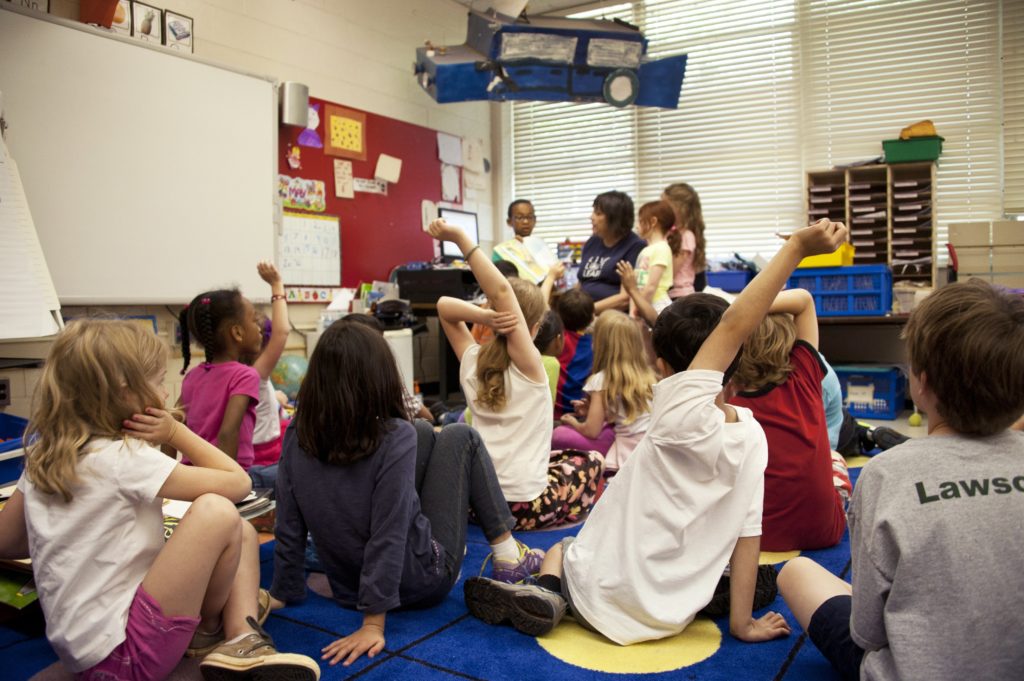By Tara Khan
Edited by Natalie Grace Sipula
[3.5 minute read]
Whenever I tell people that I’m from North Dakota, I usually get a ton of questions. “Woah! What do people do for fun there?” or “Where even is that?” are the most typical ones. I was born and raised in Fargo, a town in North Dakota less than 4 hours away from the Canadian border. A few years ago, my family moved to the West Coast. After living here for a while, I’ve noticed there are many differences between the two regions, and so I’ve come to understand why people who aren’t from the Midwest might have so many questions about it. I’ve broken these differences down into 5 categories here in order to highlight what life is like living in the Midwest!
Weather: The most obvious difference between the Midwest and the West Coast is the weather. Most places in the Midwest have four seasons, with winters that are harsh and cold, and summers that are milder and warmer. However, no matter where you live in the Midwest you are pretty much guaranteed to get snow. In Fargo, there’s always snow on the ground throughout the winter months. One year, I remember it snowing as late as May and as early as October. Temperatures also regularly reach sub-zero, and even into the -20s in Fahrenheit sometimes in January. In the summers, temperatures would generally stay in the 80s and low 90s, never really reaching over 100F.

Food: In terms of food, places in the Midwest don’t have quite as much variety as the West Coast, as the population sizes tend to not be quite as large. When I lived in Fargo, there were only 2-3 options for things like sushi or Chinese food. People there tend to eat home cooked meals; casseroles and hot dishes are a Midwestern staple. At potlucks or holiday parties, there are sometimes traditional foods served. Due to North Dakota’s large Norwegian population, lefse, a type of flatbread, is a food I saw at most celebrations. I even helped my friend’s family prepare it one year for their Thanksgiving dinner.
Activities: Many midwestern families have “lake homes” which they visit on the weekends. People enjoy going fishing, having cookouts, or having bonfires. During the winter months, winter sports such as skiing and snowboarding are quite popular. Ice hockey is also a sport that some children play growing up. For some families, Sundays and Wednesdays are considered “church day” and “church night.” Many businesses, particularly local ones, close on Sundays. When I was in school growing up, we would usually not have after school activities on Wednesdays.

People: “Midwest nice” is a common term used to describe midwestern people. People are generally very friendly and neighborly. During the winter, it’s not uncommon to see neighbors shoveling each other’s driveways or helping each out out with various things, and at public places such as the grocery store, people will frequently stop to chat with each other. Since living on the West Coast, I have noticed that people still have a friendly demeanor but aren’t quite as talkative as the people in the Midwest.
Transportation/lifestyle: Cars are the main method of transportation throughout the Midwest, as there are not a lot of established large public transportation systems. Walking and biking aren’t popular options due to the harsh winters. The age to obtain a license varies by State, but it is generally lower than in other regions of the country. In North Dakota, you can obtain a learner’s permit at age 14, and a license at age 15. The age for getting a job is also 14, though there are child labor laws in place to protect those under 16.

Whether or not you ever live in the Midwest, I think it definitely worth visiting at least once, especially during the winter. The weather is pretty much like how it is in the movies: freezing cold, but magical. Just make sure to dress warm and you will get to enjoy experiencing some home cooked Midwestern food and friendly people!
Featured Image by Nathan Fertig on Unsplash
Tara is a freshman majoring in Biomedical Engineering on the pre-med track. She grew up in Fargo, North Dakota and Las Vegas, Nevada. She speaks English, Thai, and elementary level Spanish. Tara is involved in Taekwondo Club at USC. In her free time, she likes to solve Rubik’s cubes, play guitar and ukulele, and play with her dog, Tofu. Tara also loves traveling and learning about different cultures, especially through food! One of her favorite things about living in LA is the large amount of food options available; she is always willing to give great restaurant recommendations.







